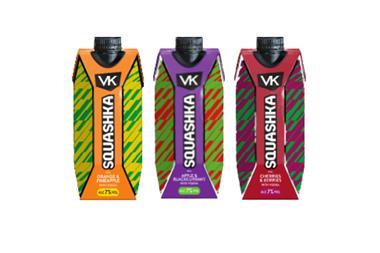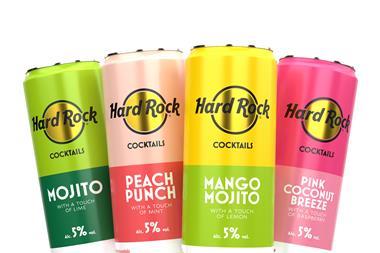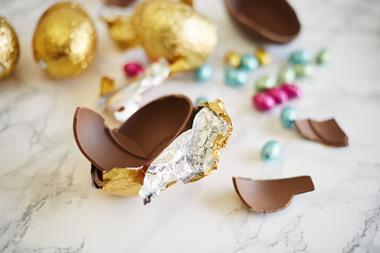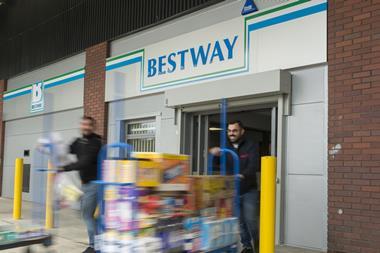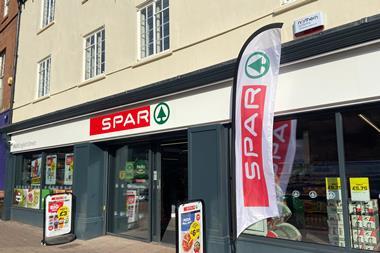Dry January: Can the best of intentions withstand Lockdown 3.0?

Lumina Intelligence’s insight & communications director Sarah Coleman weighs up good intentions versus lockdown and how consumers are embracing the Low2No category.
ALREADY HAVE A REGISTERED USER ACCOUNT? PLEASE LOG IN HERE
To read the full story join the ConvenienceStore.co.uk community today!
Registration is quick and easy and provides access to:
- Unlimited ConvenienceStore.co.uk articles
- Our great range of newsletters
- Content you’ve saved for later via the ‘my library’ feature
And much more…





















